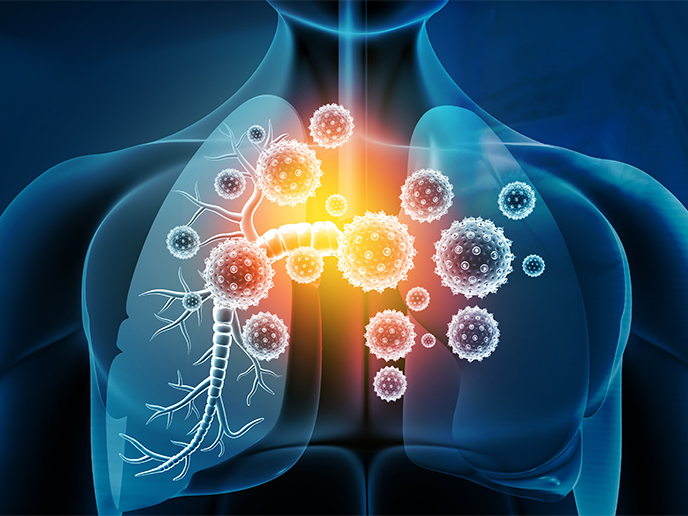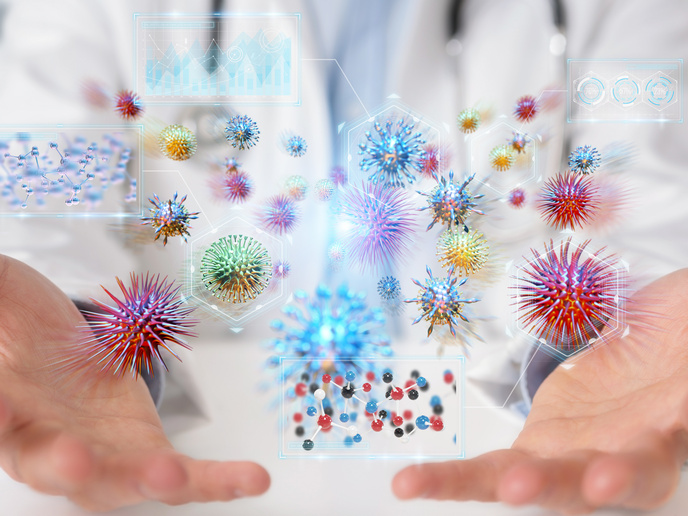Preserving the fine bouquet of wine
In the process of fermentation, there is a very fine line between the production of a chemical giving a pleasant bouquet and one that indicates the wine has 'gone off'. Decarboxylation for example can result in one or the other depending on the starter molecule. With the dairy and wine making industries in mind, the EU funded project DECARBOXYLATE researched into the production of these unwanted chemicals. Putrescine is just one of the many noxious chemicals that can be produced in fermented foods. It is a biogenic amine (BA) and belongs to the same group as histamine, renowned for its toxic properties. As the name suggests, putrescine smells of rotting meat, not exactly what is required as an accompaniment to a meal. Putrescine can be produced by lactic acid bacteria in two pathways. The first, that is well documented, is through the enzyme decarboxylase. The second more recently discovered pathway involves the polyamine agmatine. Agmatine is converted into putrescine with two enzymes, agmatine deiminase (AgDI) and a putrescine transcarbamylase (PTC). Project partners at Bordeaux University isolated potential putrescine genes in a range of lactic acid bacteria. The next step then was to clone, purify and then sequence them. One of these was found to be AgDI and the other, a transporter, researched by the Universtiy of Groningen, was acting as a catalyst in the pathway. Also, gene clusters for putrescine production involving PTC were found but there were variations between bacteria species in terms of enzymes produced and the gene order. For the wine making industry, it is essential that bacteria can be screened for particular gene sequences. In-depth knowledge of these pathways could well mean that producers can pick and choose the strains they use to avoid the production of unwanted amines.







